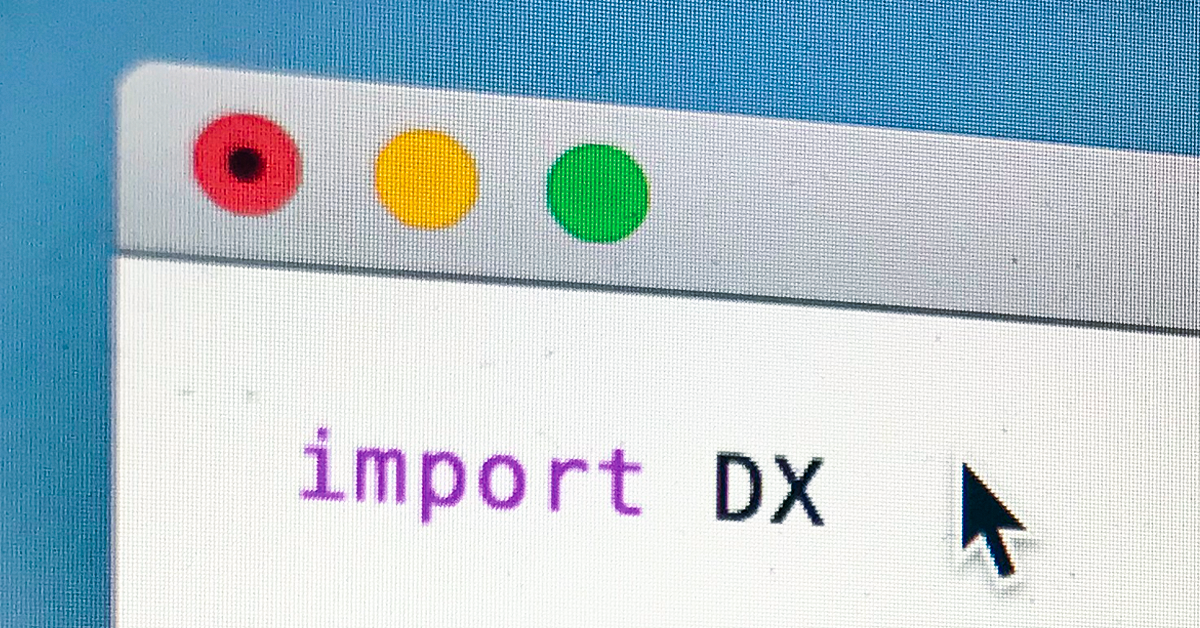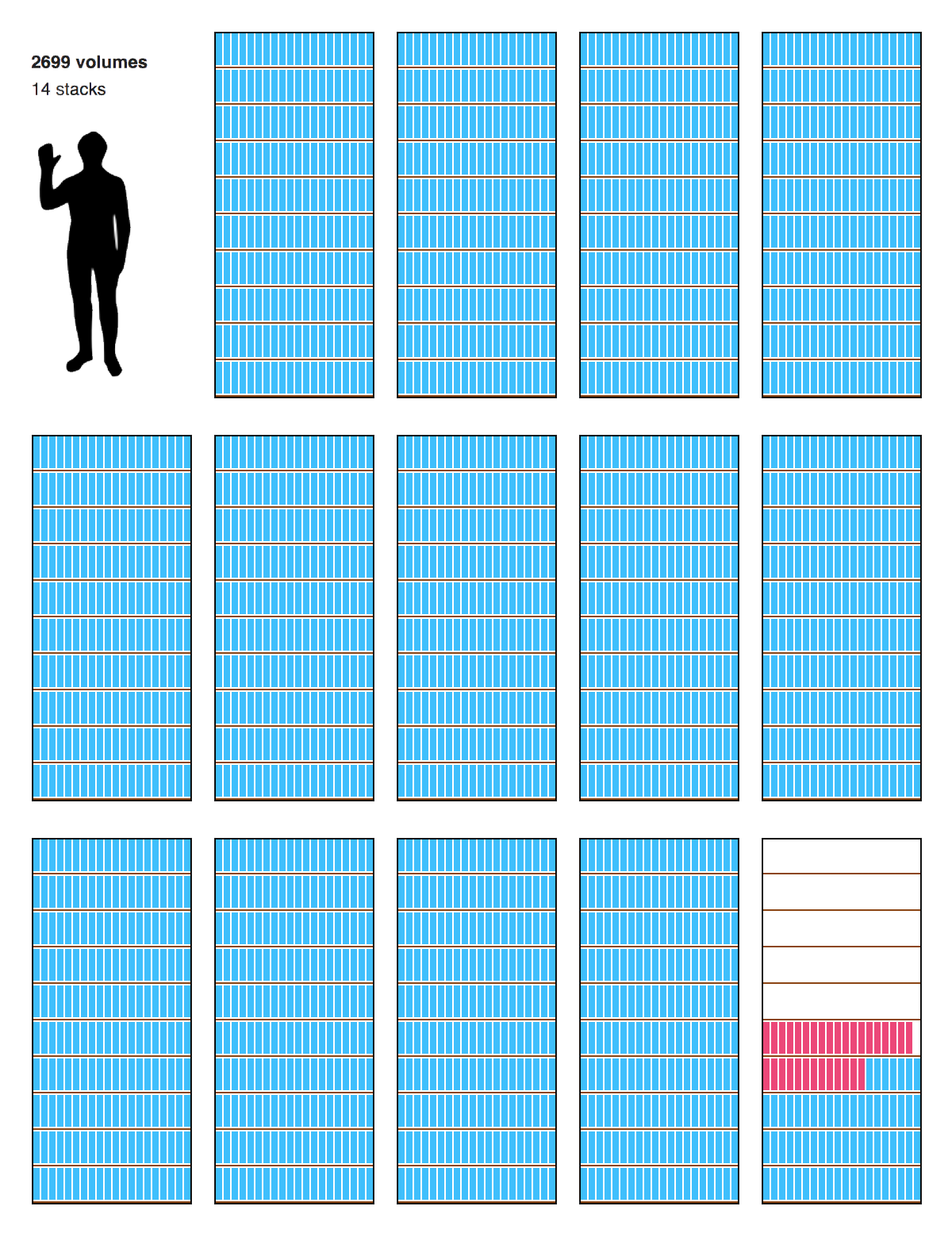based Business Data Marketplace: API Overview [Part 2]
InPart 1, we highlighted the DX Network’s core features and fundamental value they provide in real world use cases through the example of Tech Industry data owners and consumers in the network’s pilot group.
This part introduces the two current interfaces to search for data on the DX Network’s initial marketplace, their differences and why they matter.
? If you’d like to get developer access to the DX Network you can apply here.


The DX Tech Industry API vs the DX Semantic API
Search is one of the fundamental features of a data marketplace because a marketplace’s utility directly depends on how easy it is for data consumers to find the data they are looking for. On the DX Network’s initial Tech Industry data marketplace, consumers have the choice between two APIs to search for data on the network: the
The DX Tech Industry API’s search interface is a filter-based interface. It provides the same classic search interface to the DX Network’s underlying Tech Industry data one might expect from traditional Tech Industry data providers like AngelList, Clearbit or Crunchbase. It removes the need to understand or use the network’s native data query language (DX/SPARQL), trading off query flexibility for familiarity.
The DX Tech Industry API was designed as an easy way of getting started on the DX Network as it provides a conventional interface to the network, making it an ideal choice for simple/light use. The considerable drawback of standard filter-based search interfaces is their lack of flexibility which typically creates a lot of overhead and data processing work for data consumers (see a glimpse into how much time data workers waste on data collection and pre-processing today here).
Before explaining why the DX Semantic API solves much of this problem, we must understand the big picture behind the DX Network.
Understanding the big picture
Effectively, the DX Network can be thought of as a new type of knowledge sharing platform where the more utility data listed on a DX marketplace provides (number of times it gets queried by consumers), the higher the reward for the original contributor (owner). This creates direct economic incentive for data owners to list as much high-utility data as possible on DX. By principle and design, the DX Network is also 100% open. Looking at the example of what Wikipedia achieved by proposing a fully open platform for encyclopedic knowledge, it is not unreasonable to expect that blockchain-based data marketplaces–like the DX Network–will increase the amount of structured data publicly available by at least an order of magnitude.


Assuming data marketplaces are indeed the key to creating large high-quality publicly accessible crowdsourced datasets, standard filter-based search interfaces (like the one in the DX Tech Industry API) provide an extremely limiting way to query these datasets thereby greatly reducing their utility. They would restrict the searches data consumers are able to make to a narrow set of predetermined use cases fixed by the search interface’s allowed filters. This is the status quo, and a losing battle: in our information age, use cases for data are inexhaustible—the world needs unrestricted access to data.
In an ideal world, data consumers should be able to make arbitrarily complex searches over a data marketplace’s underlying knowledge. In the case of Tech Industry data, it should be fast and convenient to get results when searching for things like ‘the set of all Asian companies covered in TechCrunch in the last 6 weeks with at least one founder having had a previously successful exit’. This is precisely what the DX Semantic API allows.
The DX Semantic API
Thanks to the DX Network’s unique data organization architecture, DX marketplaces natively support a powerful semantic query language called DX/SPARQL through the DX Semantic API (see technical definitions and examples here). This is a fundamental attribute and key value proposition of the DX Network. Unlike filter-based interfaces, DX/SPARQL enables data consumers to create search queries with arbitrary complexity and even retrieve data, with a single query.Intrinsically,this captures all possible use cases by allowing data consumers to craft tailored search queries matching their specific task at hand.
Data sourcing tasks which might currently take hours or days can be reduced to minutes, by crafting a single DX/SPARQL query.
This effectively offloads data collection, cleaning, organization and aggregation to the DX Network.
The DX Network’s tangible benefits for data consumers
For a given data sourcing task, instead of developers having to write lengthy programs which make multiple API queries (to potentially multiple isolated data sources each with their proprietary interface/data format) and process all of these into the desired result, the DX Network allows them to write a single query in DX/SPARQL to gather the right data directly from all data sources (data owners) on the network. The blockchain layer of the DX Network in turn guarantees the provenance and integrity of delivered data while also securing payments to the owners who listed the data.
Reducing the friction for data consumers to get hold of the data they need is one of the two pillars in making data a tradable asset. The other is reducing the friction—or more precisely create the possibility—for data owners to autonomously and conveniently list their data for sale. This second pillar, and its implementation in the DX Network, will be covered in part 3 of this series.
